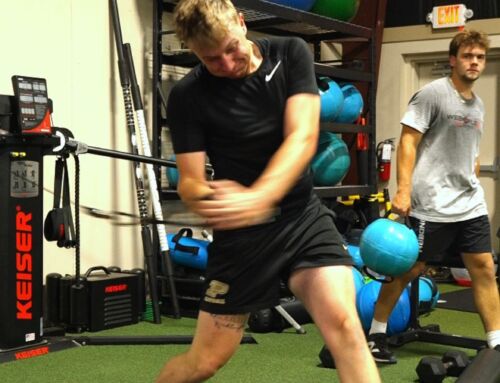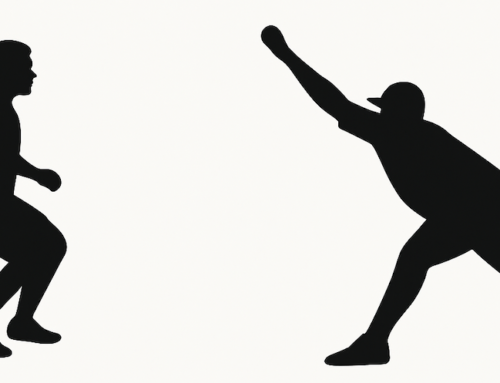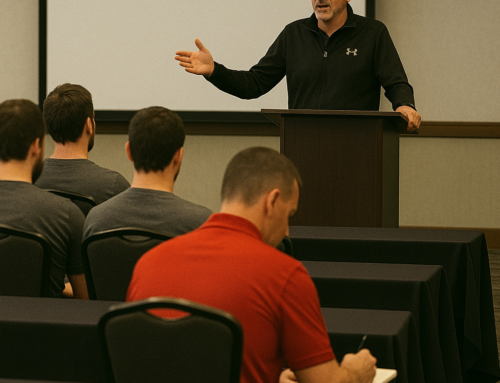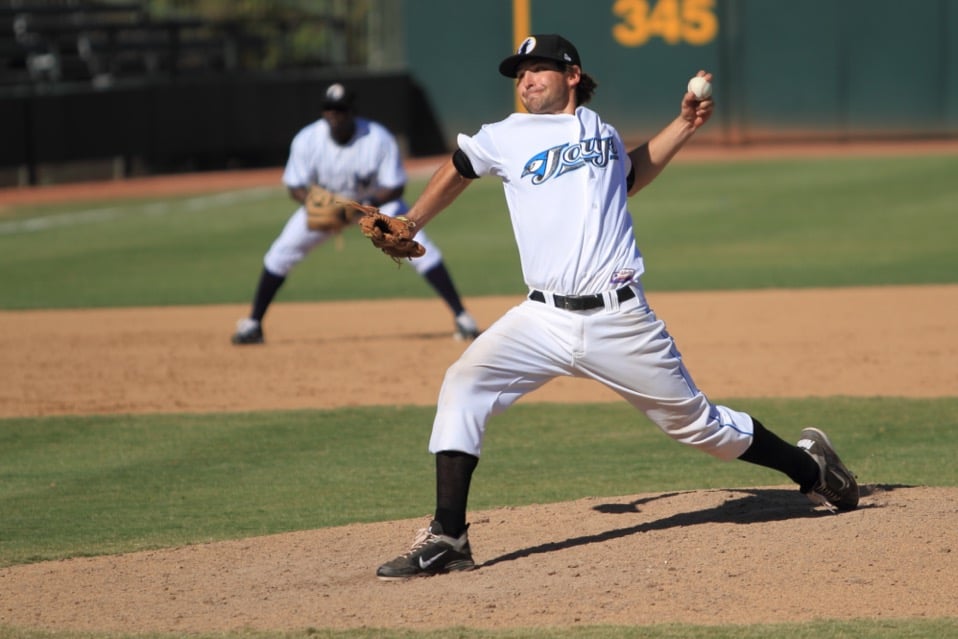
For years, baseball players seeking higher velocity have been bombarded with an ever-growing supply of so-called “velocity programs.” A quick search online will yield hundreds of options, all promising to add 5-10 mph in a matter of weeks. Weighted balls, long toss, max-effort throwing sessions, and generic strength programs are all marketed as the “silver bullet” to unlocking untapped speed.
Yet, for every pitcher who sees gains, countless others hit plateaus, regress, or worse—get injured. If these programs were as effective as advertised, wouldn’t we see an explosion of elite pitchers dominating the game? So why do most velocity programs fail? And more importantly, how does the SAVAGE Training system at The Florida Baseball ARMory get it right?
The Pitfalls of One-Size-Fits-All Velocity Programs
1. Lack of Individualization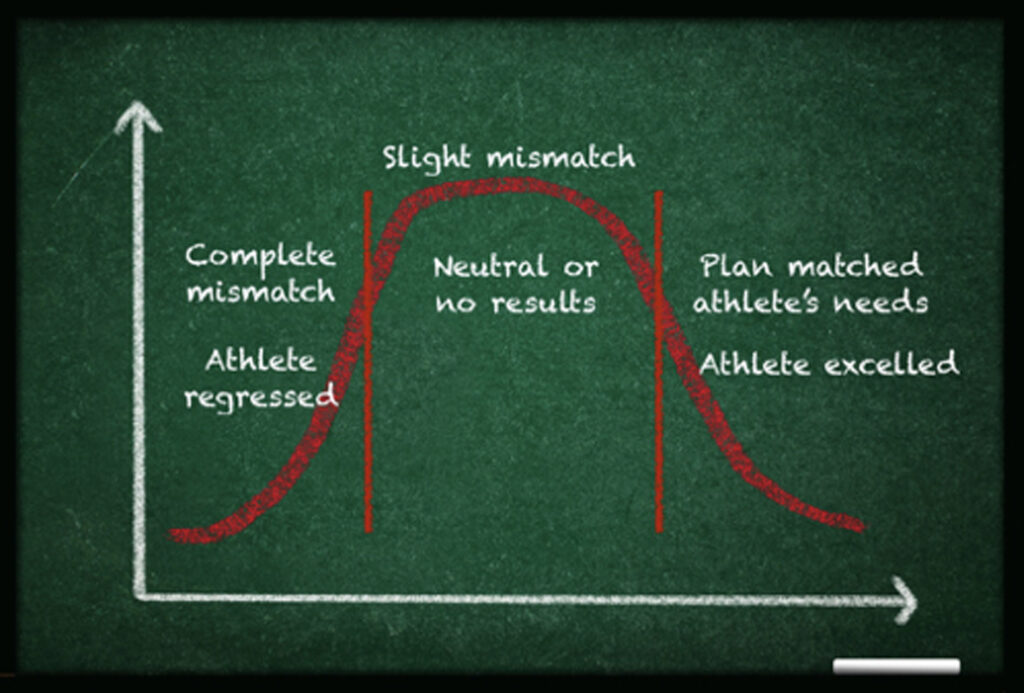
Most velocity programs are built on the flawed assumption that the same set of drills, weights, and throwing exercises will work for every pitcher. The reality? No two athletes are the same. Biomechanical structure, movement patterns, training history, mobility, strength levels, and even psychological makeup all influence how a player responds to training.
For example, a pitcher with hypermobile joints should not be following the same program as a pitcher with limited external rotation in their shoulder. A 16-year-old who struggles to control his body in space needs a vastly different approach than a 21-year-old with an advanced movement foundation. Generic programming fails to account for these critical differences, often leading to inefficient training or, worse, injury.
2. Overemphasis on High-Intent Throwing Without a Foundation
Many velocity programs rely on an “all gas, no brakes” approach—throw harder, throw more, and velocity will come. While high-intensity throwing has its place, it’s a dangerous prescription for an athlete who lacks the structural integrity to handle it. This is why so many pitchers in these programs end up with elbow and shoulder injuries.
Throwing harder is a result of well-integrated movement patterns, not just effort. Without addressing movement deficiencies, stability, and sequencing, simply ramping up intensity is like putting a turbocharger on an engine with a cracked block—it’s bound to break.
3. Misapplication of Weighted Balls and External Loading
Weighted balls can be an effective tool for developing velocity, but they are not a magic bullet. Many programs simply hand players a set of balls ranging from 2 to 32 ounces and tell them to throw without understanding how each weight interacts with an athlete’s specific mechanics and constraints.
Improper use of weighted balls can reinforce bad movement patterns, place excessive stress on the arm, and even lead to severe injuries. Without a movement-based assessment and an understanding of a player's unique needs, they are a high-risk training method.
4. Failure to Address Underlying Physical Limitations
Velocity isn’t just about arm strength—it’s about how well the entire body functions as a unit. Many velocity programs neglect the critical role of mobility, stability, and strength in the kinetic chain. If an athlete lacks adequate hip mobility, struggles with single-leg stability, or has a weak core, no amount of throwing volume will maximize their velocity potential.
A pitcher’s movement quality dictates their ability to sequence energy efficiently. If an athlete has tight hips or poor thoracic mobility, their arm is forced to compensate, leading to inefficient mechanics and increased injury risk. Without addressing these underlying issues, velocity training becomes an exercise in frustration and potential breakdown.
5. Short-Term Gains, Long-Term Problems
Many programs prioritize rapid velocity gains over sustainable development. This “chase the radar gun” mentality often leads to short-term success at the cost of long-term health. Players may see a temporary velocity bump but at the expense of command, durability, or mechanical efficiency. A pitcher who throws 95 mph but is hurt half the season or can’t throw strikes is not truly developing.
How SAVAGE Training Gets It Right
At The Florida Baseball ARMory, we take a completely different approach. SAVAGE Training—Specific Adaptation through Variability And Goal-directed Experiences—is rooted in the principles of ecological dynamics, motor learning, and advanced biomechanics. Here’s why it works where others fail:
1. Comprehensive, Individualized Assessments
We don’t believe in cookie-cutter programs. Every athlete who walks through our doors undergoes a thorough physical, biomechanical, and movement assessment. This allows us to identify individual constraints, inefficiencies, and opportunities for improvement.
Each player receives a meticulously crafted plan that addresses their unique needs. We evaluate:
- Joint mobility and stability
- Strength and power output
- Throwing mechanics
- Movement variability
- Recovery capacity
By tailoring training to the individual, we ensure that every throw, drill, and exercise moves the athlete closer to their full potential.
2. Movement-Based Training for Sustainable Velocity Gains
Rather than forcing athletes into rigid mechanics, we guide them toward efficient movement solutions through variability and self-organization. We integrate:
- Constraint-Led Drills: Designed to encourage efficient movement patterns without overloading the cognitive system with excessive verbal cues.
- Dynamic Strength Development: Strength training that transfers directly to pitching, focusing on rotational power, single-leg stability, and force production in throwing-specific planes.
- Proprioceptive Training: Training the body’s sensory systems to create more stable, repeatable, and high-velocity movements.
3. Smart Implementation of High-Intent Training
We don’t shy away from high-intensity throwing, but we ensure athletes are physically and mechanically prepared for it. Our training is periodized, progressing players through phases that build durability before layering on intensity.
- Velocity development is not about max effort every day—it’s about smart, progressive overload.
- Workload is managed on an individualized basis to balance stress and recovery.
- Recovery protocols are integrated into training to ensure the body adapts optimally without breakdown.
4. A Science-Backed Approach to Development 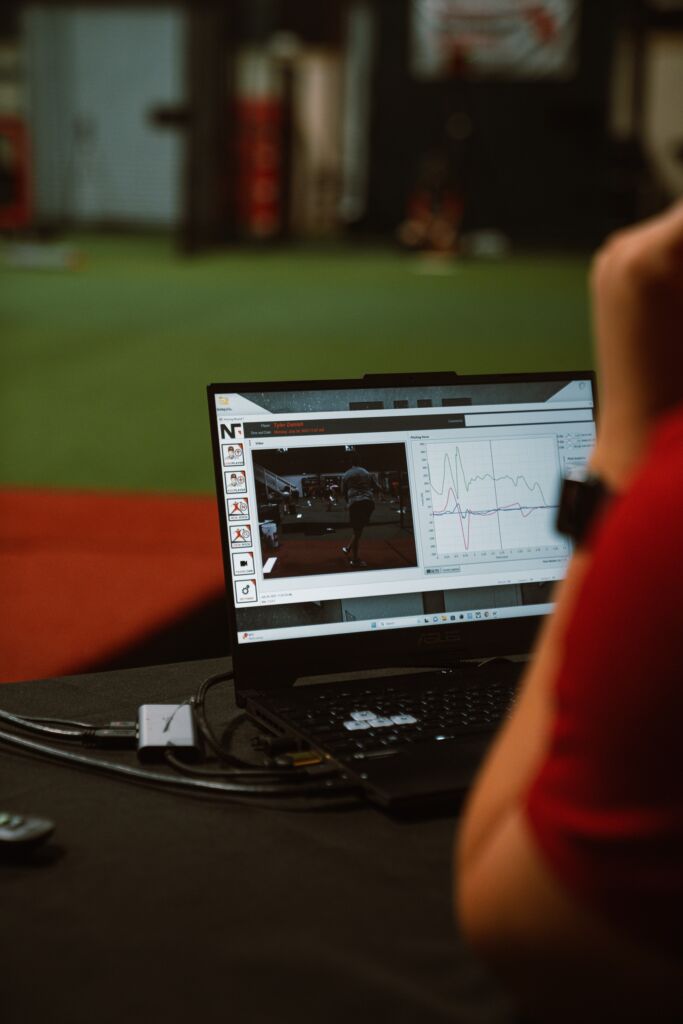
We track and monitor workload not just by pitch counts but through world-class technology. We utilize:
- Video movement analysis
- Newtforce Ground Force Data
- Motion Capture for Biomechanical Efficiency Assessments
- TrackMan Ball Flight Data
- Edgertronic High-Speed Camera Pitch Shaping
- Leading-Edge Movement Science Application
- Strength, flexibility, and coordination monitoring
By tracking these factors, we ensure that players don’t overtrain while still maximizing their development.
5. Long-Term Development Over Quick Fixes
Our goal is not just to help players throw harder—it’s to develop durable, high-performance pitchers who dominate at the next level. Our players don’t just see short-term velocity spikes; they experience sustainable, long-term improvement that allows them to thrive year after year.
The Bottom Line
Most velocity programs fail because they are based on outdated, one-size-fits-all approaches that ignore the complexity of human movement. At The Florida Baseball ARMory, we take a science-backed, individualized approach to velocity development—one that prioritizes movement efficiency, sustainability, and long-term performance.
If you're ready to escape the cycle of ineffective training and truly unlock your potential, join us for a SAVAGE Weekend Camp, Extended Stay Summer Training, Precision Strikes, or SAVAGE Satellite Training.
Let’s train smarter, move better, and throw harder the right way.
Let's Get SAVAGE!
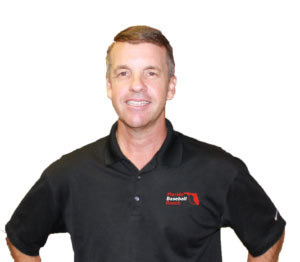
Randy Sullivan, MPT, CSCS CEO, Florida Baseball ARMory


